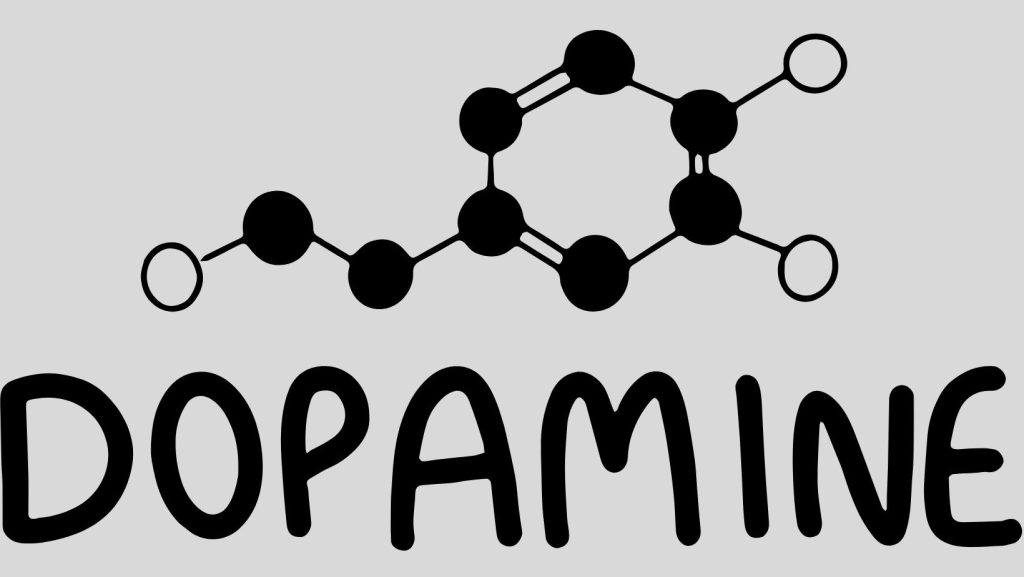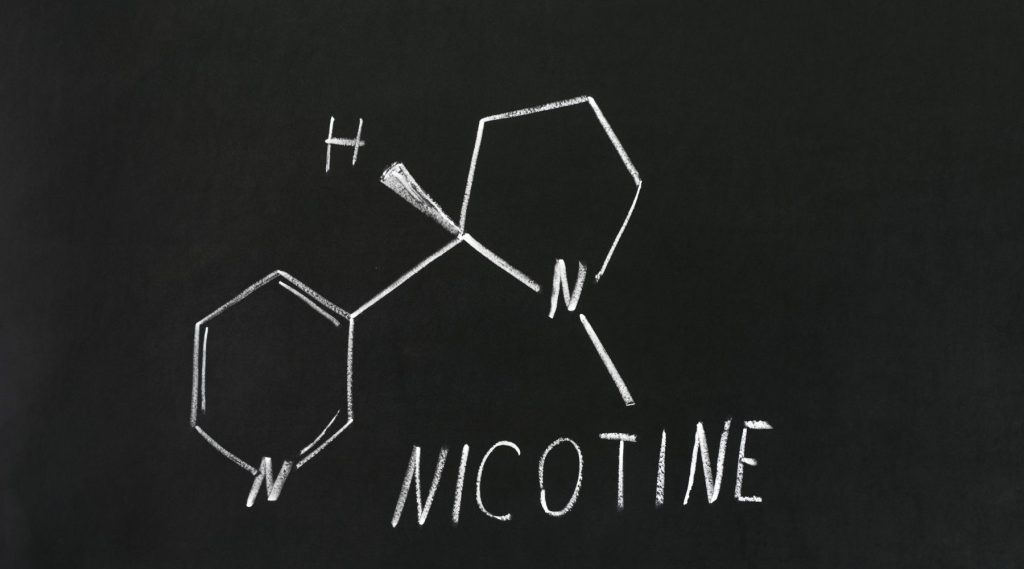Imagine standing amidst Bangkok’s vibrant hustle, where smoking is as much a part of daily life as the city’s iconic tuk-tuks. Yet, beneath this commonplace habit lies a web of myths and misconceptions that cloud the truth about smoking’s dangers and the path to quitting. This article cuts through that smoke screen, aiming to debunk widespread myths surrounding smoking and the effectiveness of various quitting methods. It’s crucial to recognize the real risks of smoking and the potential of innovative aids like nicotine pearls in navigating the journey towards a healthier, smoke-free life. Join us as we uncover the facts, dispel the smoking myths, and shed light on the significance of making informed choices for your health.
Myth #1 – “Light” Cigarettes are Safer

The belief that “light” or “low tar” cigarettes are a healthier alternative to regular ones is a dangerous misconception. Studies have shown that these so-called lighter options do not significantly reduce the smoker’s risk of developing smoking-related diseases. In fact, smokers often inhale more deeply or smoke more cigarettes to satisfy their nicotine craving, negating any perceived benefits. The truth is stark: regardless of the type, smoking cigarettes exposes you to harmful chemicals and increases your risk of serious health issues, reinforcing that there is no safe way to smoke.
Myth #2 – Smoking is Just a Bad Habit, Not an Addiction

Calling smoking a mere bad habit underestimates nicotine’s grip. Nicotine changes brain chemistry, akin to drugs like heroin, fostering a strong addiction. It triggers dopamine release, creating feelings of pleasure, making quitting about more than just willpower. This addiction forms not just a habit but a complex dependency, making cessation a challenge beyond simple habit-breaking. Understanding smoking as an addiction highlights the need for comprehensive strategies and support in the quitting process, underscoring why it’s far more intricate than just deciding to stop.
Myth #3 – Quitting Cold Turkey is the Most Effective Method

Quitting smoking cold turkey is often hailed as the hallmark of willpower and determination. However, success rates tell a different story, with a significant majority relapsing due to the intense withdrawal symptoms and cravings. This abrupt cessation puts immense pressure on an individual, overlooking the psychological and physical dependency developed over years. Alternative methods, such as nicotine replacement therapies (NRTs) including gums, patches, and innovative solutions like nicotine pearls, offer a more gradual withdrawal from nicotine, thereby reducing cravings and withdrawal symptoms. These methods provide a structured approach to quitting, increasing the chances of long-term success by addressing both the chemical and behavioral aspects of nicotine addiction.
Myth #4 – Nicotine Replacement Therapy Doesn’t Work

The skepticism surrounding Nicotine Replacement Therapy (NRT) is often based on misinformation rather than facts. Studies consistently show that NRT can double the chances of quitting smoking successfully when compared to attempting to quit unaided. Specifically, in Thailand, where smoking rates are a significant public health concern, research indicates that smokers who use NRTs, including modern alternatives like nicotine pearls, significantly increase their likelihood of cessation. For instance, a study highlighted that Thai smokers utilizing NRTs had a 30% higher success rate in quitting long-term compared to those who did not use any quitting aids, underscoring the effectiveness of these therapies in combating nicotine addiction.
Myth #5 – I’ve Smoked for Too Long; Quitting Now Won’t Make a Difference

This myth couldn’t be further from the truth. Research shows that quitting smoking at any age can significantly improve your health and longevity. For example, individuals who quit before the age of 40 reduce their risk of dying from smoking-related diseases by about 90%. Even those who quit at 60 or older improve their life expectancy compared to those who continue smoking. Inspirational stories abound, like the 70-year-old who quit after 50 years and saw dramatic improvements in breathing, energy levels, and overall quality of life. These stories and statistics prove it’s never too late to benefit from quitting smoking.
Myth #6 – Secondhand Smoke Isn’t That Dangerous

The misconception that secondhand smoke is harmless is dangerously false. Data reveals that secondhand smoke contains over 7,000 chemicals, hundreds of which are toxic and about 70 can cause cancer. Non-smokers exposed to secondhand smoke increase their risk of developing lung cancer by 20-30% and heart disease by 25-30%. Children are particularly vulnerable, with exposure leading to an increased risk of sudden infant death syndrome (SIDS), more severe asthma, respiratory infections, and ear problems. In Thailand, thousands of non-smokers suffer from diseases attributable to secondhand smoke annually, highlighting its significant and harmful health impacts.
Myth #7 – E-cigarettes and Vaping are Safe Alternatives

E-cigarettes and vaping are often marketed as safer alternatives to traditional smoking, but emerging research suggests these options are not risk-free. Vaping introduces a different set of chemicals into the body, some of which are harmful and potentially carcinogenic. While they may contain fewer toxins compared to traditional cigarettes, the long-term health effects are still largely unknown. Compared to nicotine replacement therapies (NRTs) like nicotine pearls, which are clinically proven to be safe and effective for quitting smoking, vaping poses uncertainties regarding its safety profile. NRTs deliver controlled nicotine doses to alleviate withdrawal symptoms without the harmful chemicals found in cigarettes or e-cigarettes, making them a safer choice for those looking to quit.
Myth #8 – Quitting Smoking Will Make Me Gain Weight

The fear of weight gain can deter smokers from quitting, but it’s manageable with the right strategies. Regular exercise, healthy eating, and drinking plenty of water can mitigate weight gain. Nicotine pearls can also play a crucial role by curbing the oral fixation often associated with smoking, without the added calories of snacking. Moreover, these pearls provide the nicotine your body craves in a controlled manner, helping to manage withdrawal symptoms that might lead to overeating. With careful planning and the right tools, quitting smoking doesn’t have to mean gaining weight.
Social Stigma and Smoking Cessation in Thailand
In Thailand, smoking is deeply ingrained in social and cultural practices, often associated with social bonding and traditional rituals. However, this cultural acceptance creates a stigma around quitting, where attempts to stop are sometimes viewed as a lack of willpower or social conformity. This stigma can discourage individuals from seeking help or utilizing smoking cessation aids like nicotine pearls. Recognizing and addressing these social barriers are crucial steps towards supporting smokers in their journey to quit. Efforts to change societal perceptions and promote a supportive environment for cessation are key to overcoming the stigma and encouraging healthier lifestyles.
Embracing New Beginnings
Quitting smoking marks the start of a healthier, liberated life. In this journey, innovative quitting aids play a pivotal role in overcoming nicotine addiction. Nicotine pearls, alongside patches, gums, and counseling, offer diverse options tailored to individual needs and preferences. These tools are designed to reduce withdrawal symptoms and cravings, making the path to quitting less daunting. Embracing a positive outlook is essential; each day without a cigarette is a victory, a step towards reclaiming control over one’s health. Remember, seeking support, whether through aids, therapy, or community, transforms the challenge of quitting into an achievable, empowering goal.
Clearing the Air
Throughout this article, we’ve debunked several myths surrounding smoking, from the false safety of “light” cigarettes and misconceptions about addiction, to the efficacy of quitting aids and the dangers of secondhand smoke. The journey to quitting smoking is fraught with misinformation, but armed with facts, individuals can navigate this path more confidently. Effective quitting methods, including nicotine pearls, patches, and counseling, offer hope and support for those ready to quit. Embracing these tools can lead to significant health improvements, regardless of age or smoking history. Let’s clear the air: quitting smoking is possible, and a healthier future awaits on the other side of addiction.
FAQ
Q: How quickly do health benefits start after quitting smoking?
A: Health improvements begin as soon as 20 minutes after quitting, with blood pressure and heart rate dropping to normal levels. Within 3 months, lung function improves, and within a year, the risk of heart disease is about half that of a smoker’s.
Q: Can quitting smoking reverse the damage done?
A: Yes, quitting can significantly reduce your risk of diseases caused by smoking, including cancer, heart disease, and lung problems. While some damage is irreversible, stopping smoking slows the disease process and improves life expectancy.
Q: Are nicotine pearls safe to use?
A: Nicotine pearls are a form of nicotine replacement therapy that can help manage withdrawal symptoms and cravings in a safer way than smoking, as they don’t contain the harmful chemicals found in cigarettes.
Q: Will I gain weight if I quit smoking?
A: Some people gain weight after quitting smoking, but this can be managed with a healthy diet and regular exercise. Nicotine replacement therapies, including nicotine pearls, can help manage cravings that might lead to snacking.
Q: How can I avoid relapse after quitting?
A: Staying motivated, seeking support from friends, family, or support groups, and using quitting aids like nicotine pearls, patches, or gum can significantly reduce the risk of relapse. It’s also important to avoid triggers and develop new, healthier habits.


